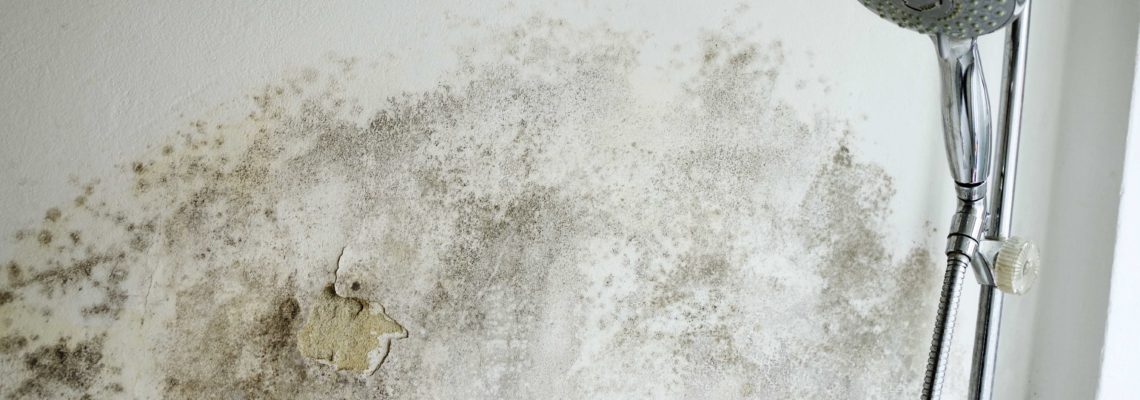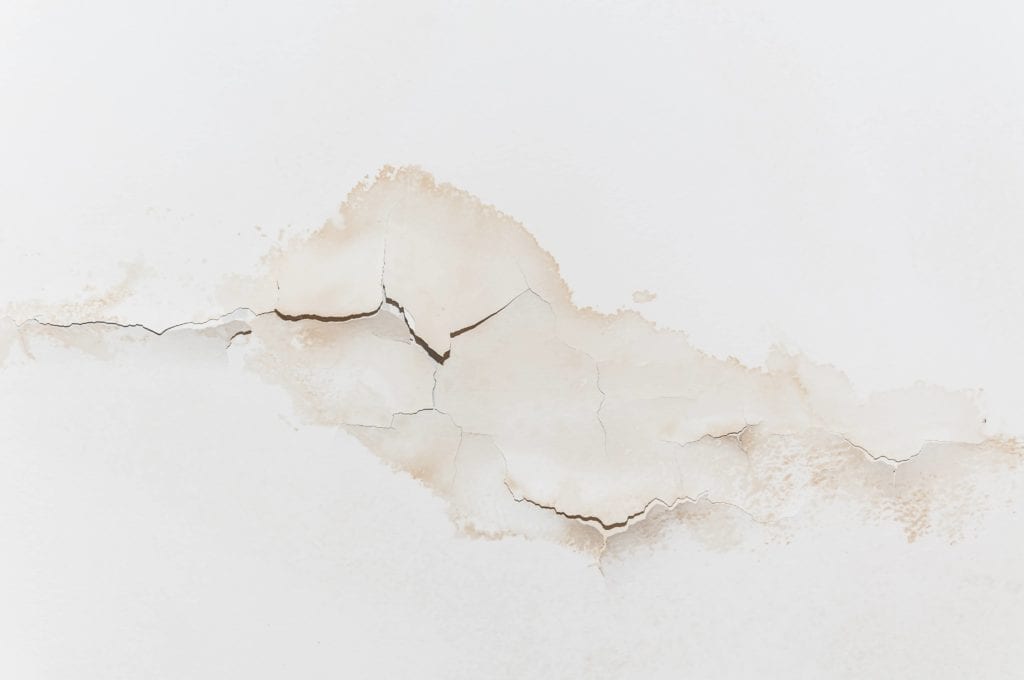A Deep Dive Into Water Stains On Walls - Identification And Repair Techniques
A Deep Dive Into Water Stains On Walls - Identification And Repair Techniques
Blog Article
We've come across this great article pertaining to Water Stains on Walls directly below on the web and think it made good sense to discuss it with you on this page.

Water spots on walls are not pleasant to the eyes. Your home should lack discolorations on the wall surfaces, roofing system, or floors. That is the perfect state of a residence as well as its frameworks. Occasionally it appears practically unpreventable to experience water stains on wall surfaces in houses.
House owners living in humid regions frequently deal with the concern of water discolorations on walls. With accurate and also all-around details on the causes of water spots and also timely fixing processes, you will certainly constantly be a step ahead of such events.
3 Common Root Causes Of Water Stains on Walls
Unlike popular belief, water spots on wall surfaces do not always come from bad structure materials. There are numerous causes of water spots on wall surfaces. These consist of:
Poor Drainage
When making a structure strategy, it is essential to make sure appropriate water drainage. This will avoid water from permeating right into the walls. Where the drain system is obstructed or missing, underground wetness develops. This web links to excessive wetness that you discover on the wall surfaces of your structure.
The leading reason of damp walls, in this case, can be a poor drain system. It can likewise be because of inadequate monitoring of sewer pipelines that run through the building.
Damp
When hot moist air consults with dry chilly air, it triggers water beads to base on the wall surfaces of structures. When there is vapor from food preparation or showers, this takes place in kitchens and bathrooms. The water beads can tarnish the bordering walls in these parts of your residence and also infect other areas.
Wet or condensation impacts the roof and also walls of buildings. When the wall is damp, it produces a suitable setting for the development of microorganisms and fungis.
Pipeline Leaks
Most residences have a network of water pipes within the walls. It constantly enhances the stability of such pipes, as there is little oxygen within the wall surfaces.
A downside to this is that water leak affects the wall surfaces of the building and also triggers widespread damages. A telltale sign of damaged pipes is the look of a water discolor on the wall surface.
Water Spots on Wall Surface: Repair Work Tips
When dealing with water spots, home owners would generally want a fast solution. Yet, they would soon understand this is counterproductive as the water spots persist. So, right here are a couple of helpful suggestions that will certainly lead you in the repair of water spots on wall surfaces:
Pro Pointer
A houseplant in your house additionally raises its moisture. So, if your house is currently damp, you might wish to present houseplants with very little transpiration. An example of ideal houseplants is succulents.
Verdict
Although no person intends to have water discolorations on walls in their house, it can occur to the very best of us. This short article provides you utilize, as you currently understand how to handle this mishap if it does take place.
It is constantly best to recruit professional solutions to aid deal with the problems in your home.
In some cases it seems virtually unpreventable to experience water spots on walls in residences.
In contrast to prominent belief, water discolorations on wall surfaces do not always stem from poor structure products. There are a number of causes of water discolorations on wall surfaces. The water droplets can stain the bordering wall surfaces in these parts of your home and also spread to other areas.
Below are a couple of handy ideas that will guide you in the fixing of water spots on walls:
CHECKING FOR WATER DAMAGE
Water damage can be costly, and it may begin before you even notice the first signs of trouble. Water damage can cause mold and mildew in your walls and floors, which can create an abundance of health concerns for your family. It can also lead to costly repairs of various appliances and general home fixtures. To avoid the pricey consequences of water damage, here are Warner Service’s top 5 places you should check:
The walls – The easiest place to spot the beginnings of water damage is on the walls and ceilings of your home. If water damage is present, there will most likely be water stains, especially around the windows and doorframes, and/or cracks in the drywall. If a stain looks unusual (discolored to brown, black or gray, raised texture), has a swollen appearance or is soft to the touch, contact a professional immediately. The pipes – To avoid water damage, consistently check the pipes in your kitchen (especially the dishwasher and ice maker), bathrooms, laundry room (specifically washing machines) and basement for corrosion, leaks and water stains. Pay special attention to where the pipes connect in your home and the location of caulking around the bathroom fixtures, including toilets, sinks, showers and tubs. Missing or loose caulking and grout could be signs of leaking water. This seepage can also quickly cause mold and rust, so double check your water heater and tank for wet spots on the floor. The floor – Water damage is very easy to spot on the floor. Look for any warping or buckling of the material, especially in the basement. If your home has wood flooring, look for bright white or dark stains. If your home has carpeting, keep it dry and clean. A damp carpet that smells of mold could cause water damage and health problems. To avoid this, consider installing floor pans under your appliances to help prevent damages from small, slow and undetected leaks. The basement and attic – If your basement or attic smells odd check for mold and mildew around the area, especially the valley where the roof meets. While you are inspecting those areas, check for wall cracks, floor stains, rust and dampness in the insulation. If you live in a colder and/or rainier climate, perform routine checks for water damage from melting snow or ice and rain. The exterior – Check the roof for damaged flashing and missing, cracked or curled shingles. There should also be no standing water anywhere outside your home. This could be caused by puddles, leaky rain gutters or hoses, poor drainage, or short gutter spouts. Invest in a sump pump system or water flow monitoring system, and perform routine maintenance on these outdoor appliances to avoid indoor water damage.

We hope you liked our excerpt on . Thanks a lot for taking a few minutes to read our blog. Appreciated our blog entry? Please share it. Help another person locate it. Thanks so much for taking the time to read it.
See Availability
Report this page